Viola Bows
At J.S. Fisher Violins, we specialize in helping players to find their ideal viola bows. We offer a curated selection of the best new pernambuco, ipe, and carbon fiber bows available. Contact us today to arrange your free consultation or in-home bow trial.
Bows for Professionals (Classical)
For the professional seeking a primary bow for orchestral or studio work, a fine pernambuco bow is something to consider, particularly if a darker sound is desired (pairing with a brighter instrument). For professionals seeking greater power, dynamic range, or agility, a carbon fiber bow may be a better fit. Much depends on the instrument and the player's tastes and priorities. We invite you to contact us by email to arrange a time to talk by phone. We've been matching professionals with their ideal bows for many years - let us share our experience and guide you in your selection.
For any player struggling with tendinitis or arthritis, a lighter Arcus bow may help tremendously with hand/arm fatigue and pain.
For professionals seeking a bow for outdoor work, for international travel, or as a backup bow, a mid-priced carbon fiber bow can be an excellent choice.
-
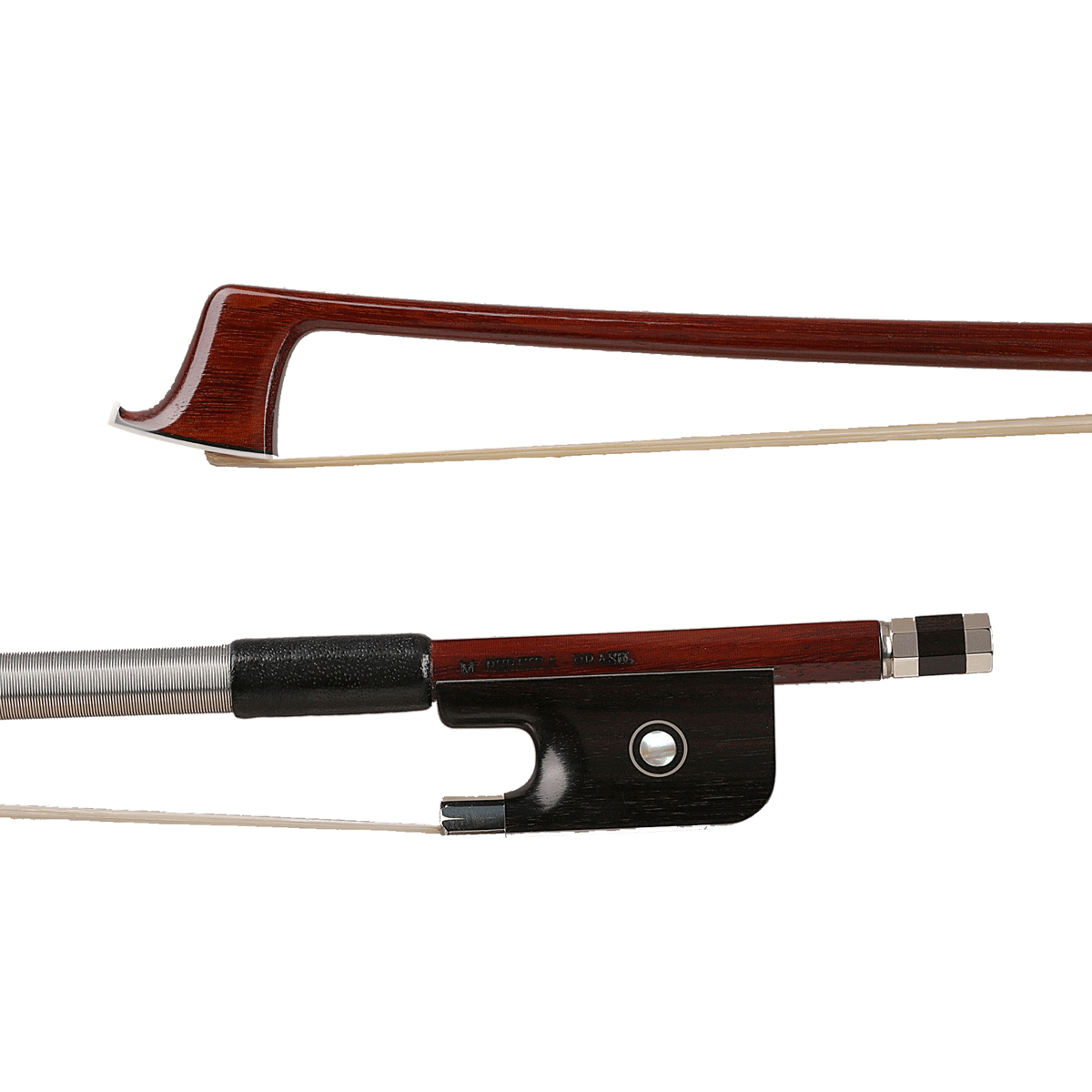
-
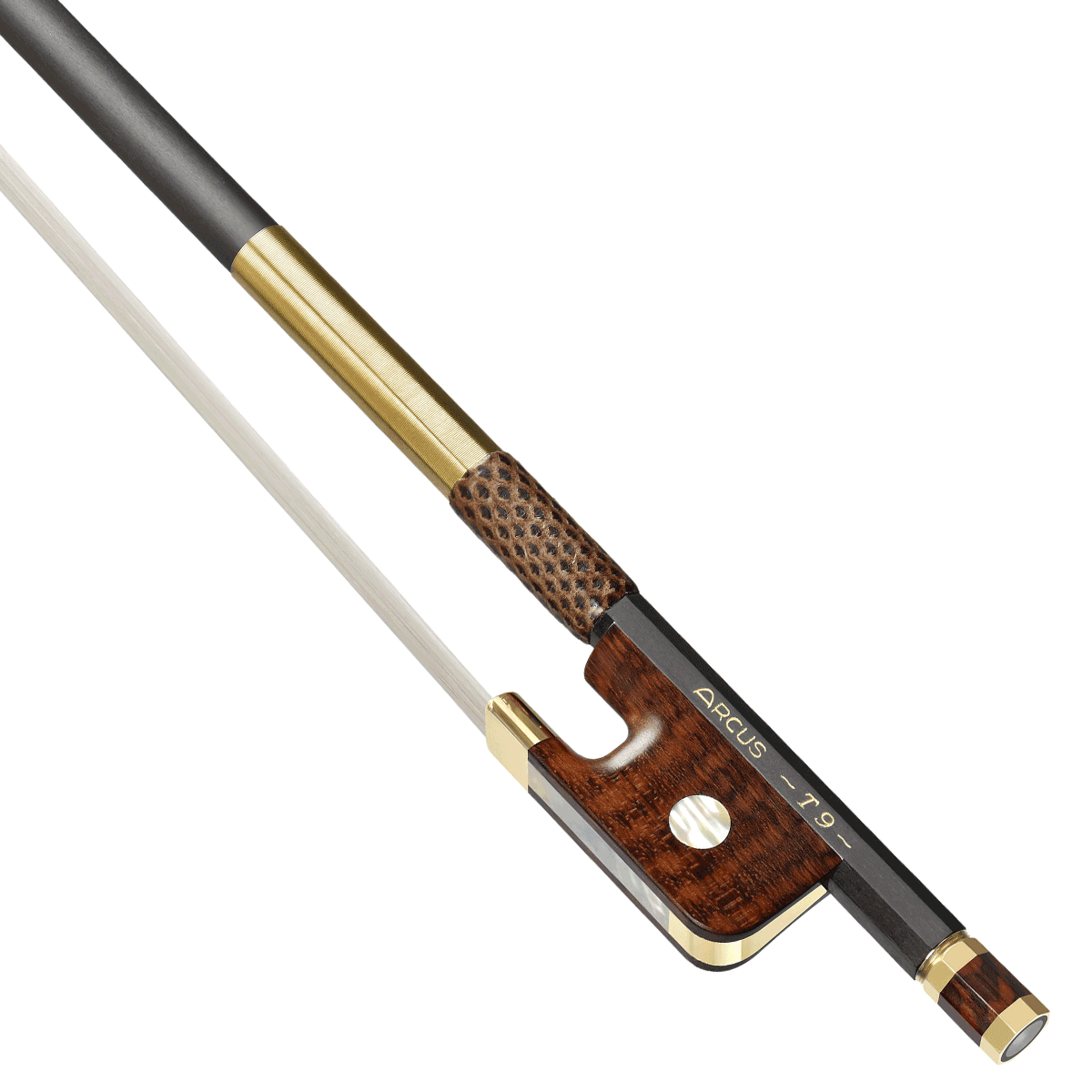
Arcus Viola Bows
MoreModern bows for the professional player. The strength and lightness of Arcus bows results in a speed and agility simply not possible with traditional bows. Multiple lines available to match the tonality of your particular instrument. Nuanced, unparalled performance.
-
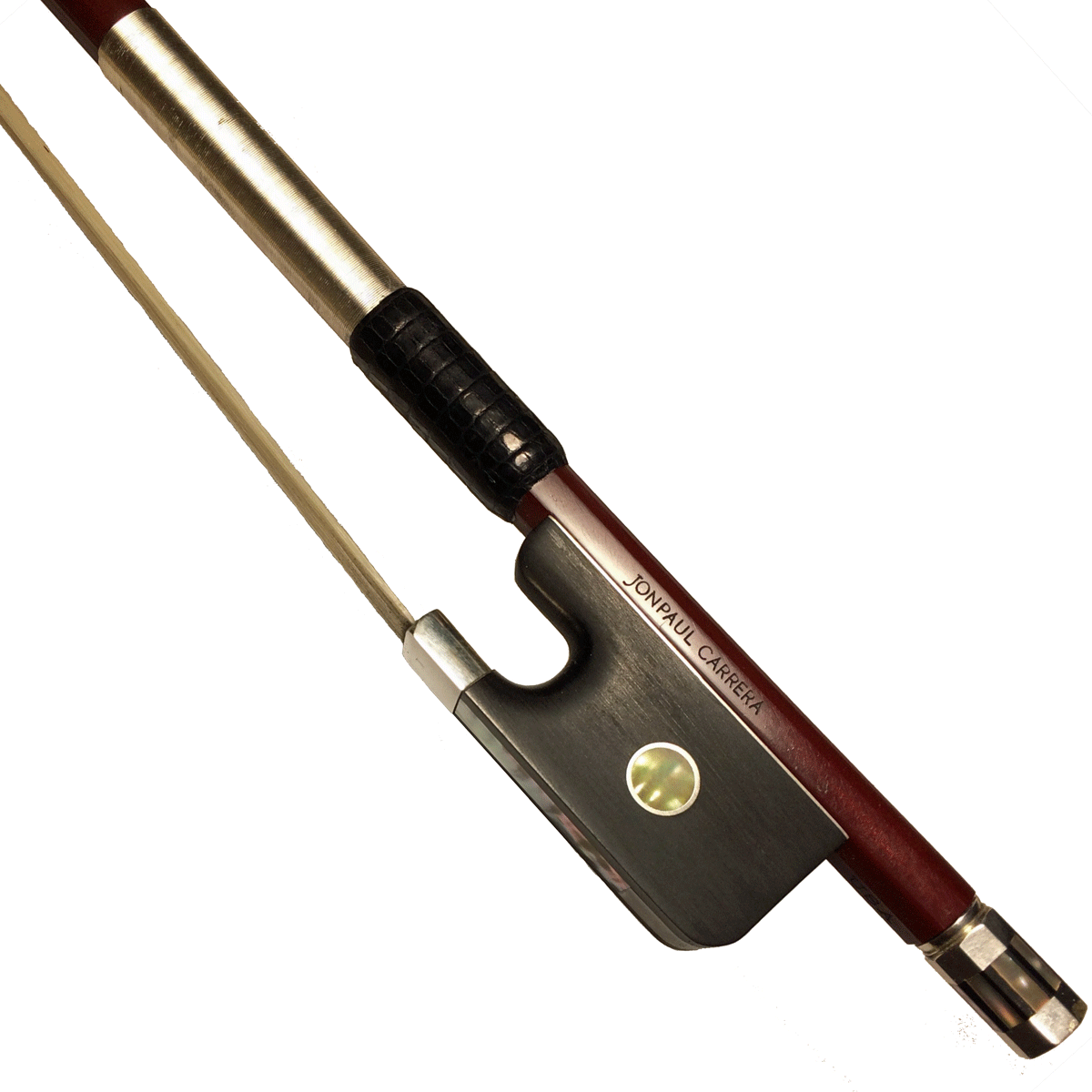
JonPaul Carrera Viola Bow
MoreFor professionals seeking a traditional weight and balance in a high-end carbon fiber bow, our first recommendation is the JonPaul Carrera. Superb handling. Beautiful, complex, warm tone.
Viola Bows for Fiddling & Folk
For fiddlers, agility and projection tend to be more important than the quality of the sustained tone. And, the desired quality of tone tends to be different than what is sought by classical players. It makes perfect sense then that fiddlers would be drawn to different bows. Pernambuco bows can still a good choice, but high-end carbon fiber bows are extremely popular for their agility and quickness.
-
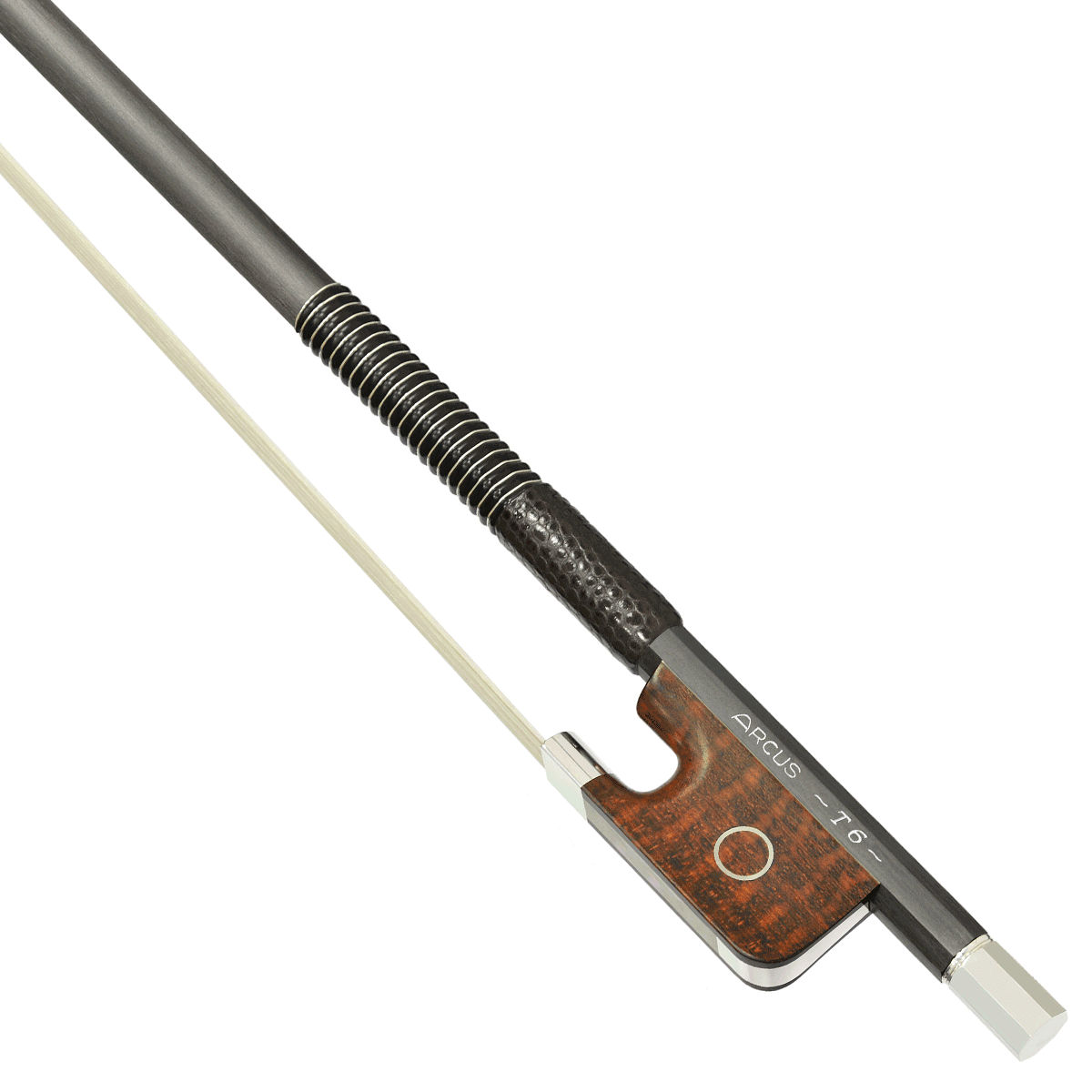
Arcus Viola Bows
MoreArcus bows are much lighter and stronger than traditional pernambuco. They are, therefore, extremely popular with fiddlers for their greater speed, agility, and projection. Contact us to arrange a bow trial - we'll assist you in selecting the right line of Arcus bows to match the tone of your fiddle.
-
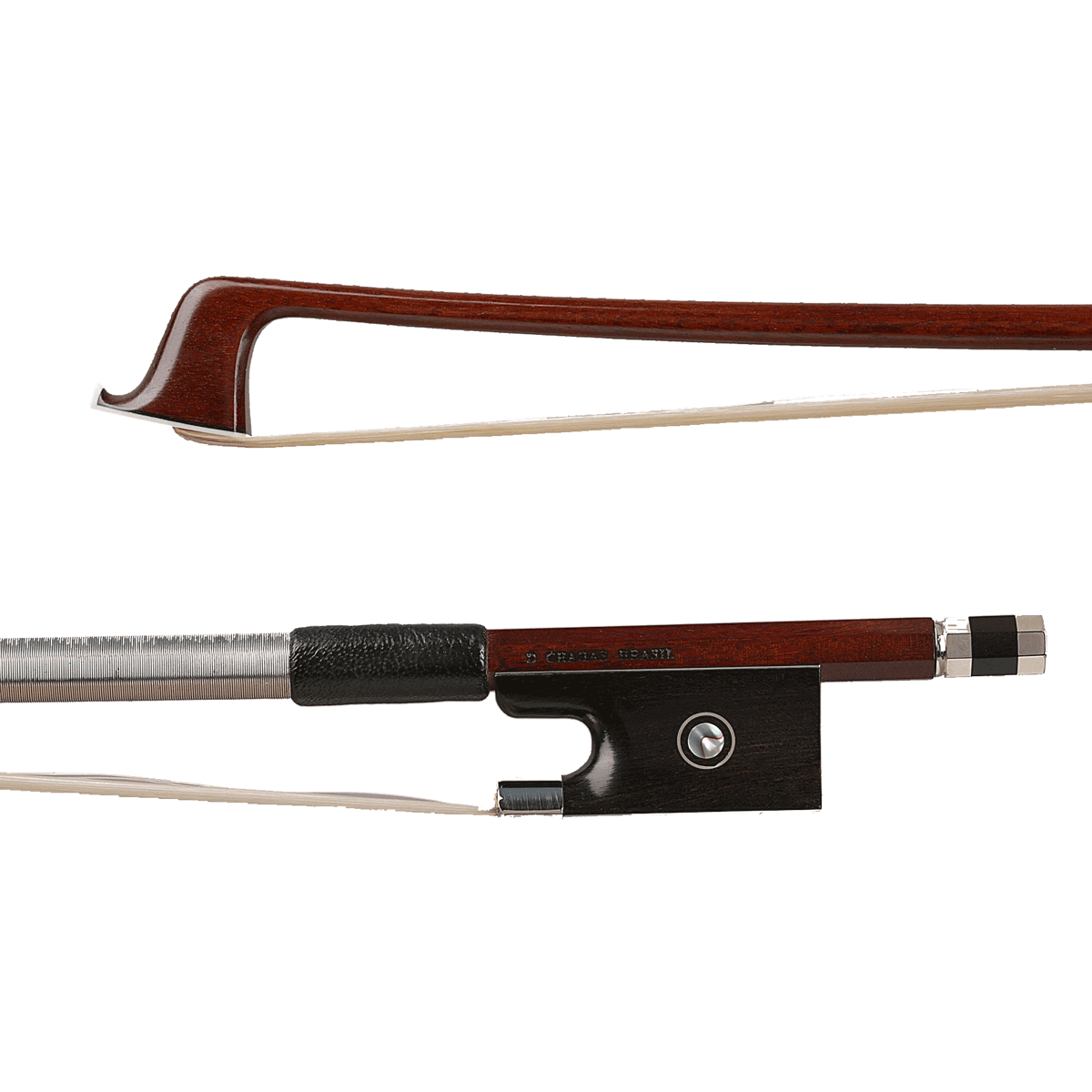
Fine Pernambuco Viola Bows
MoreFor some players and instruments, a wooden bow is still just the best fit. Dollar for dollar, wooden bows tend not to be as agile or quick as carbon fiber. But, if you're an old-time player with a basic, on-the-string bowing style, then speed and agility may not be your priorities. And, if your instrument has a bright sound, pernambuco will draw out some needed warmth in your tone.
-
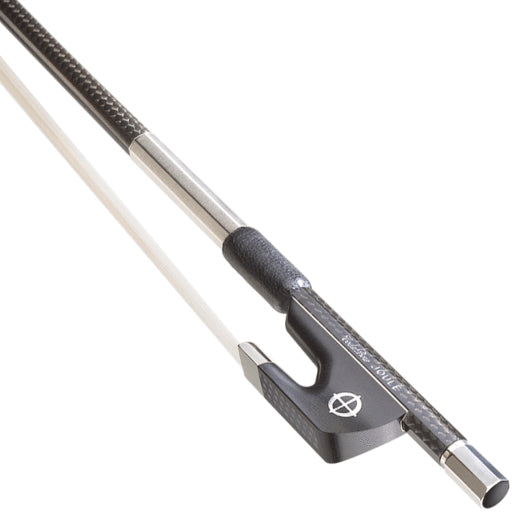
CodaBow Viola Bows
MoreIf you are looking for agility, but prefer the feel of a traditionally weighted bow, then consider the bows from CodaBow. The Joule, Luma, and Escente bows in particular are popular for playing folk music.
Bows for Advancing Students
The advancing student will require a bow agile enough for difficult bowing techniques and versatile enough to allow for a wide range of dynamics.
-

JonPaul Carrera Viola Bow
MoreOne of our best-selling bows, the Carrera is an advanced carbon fiber bow with exceptional handling. It also draws a beautiful tone and matches well with a wide range of instruments. Suitable for professionals and advancing students.
-
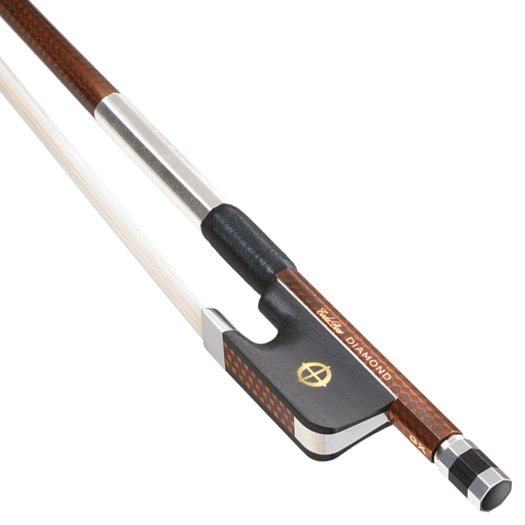
CodaBow Diamond GX Viola Bow
MoreThe rich, powerful tonality of the Diamond GX, combined with excellent overall handling, makes this a best-in-class option for bows in this price range. An excellent value.
-
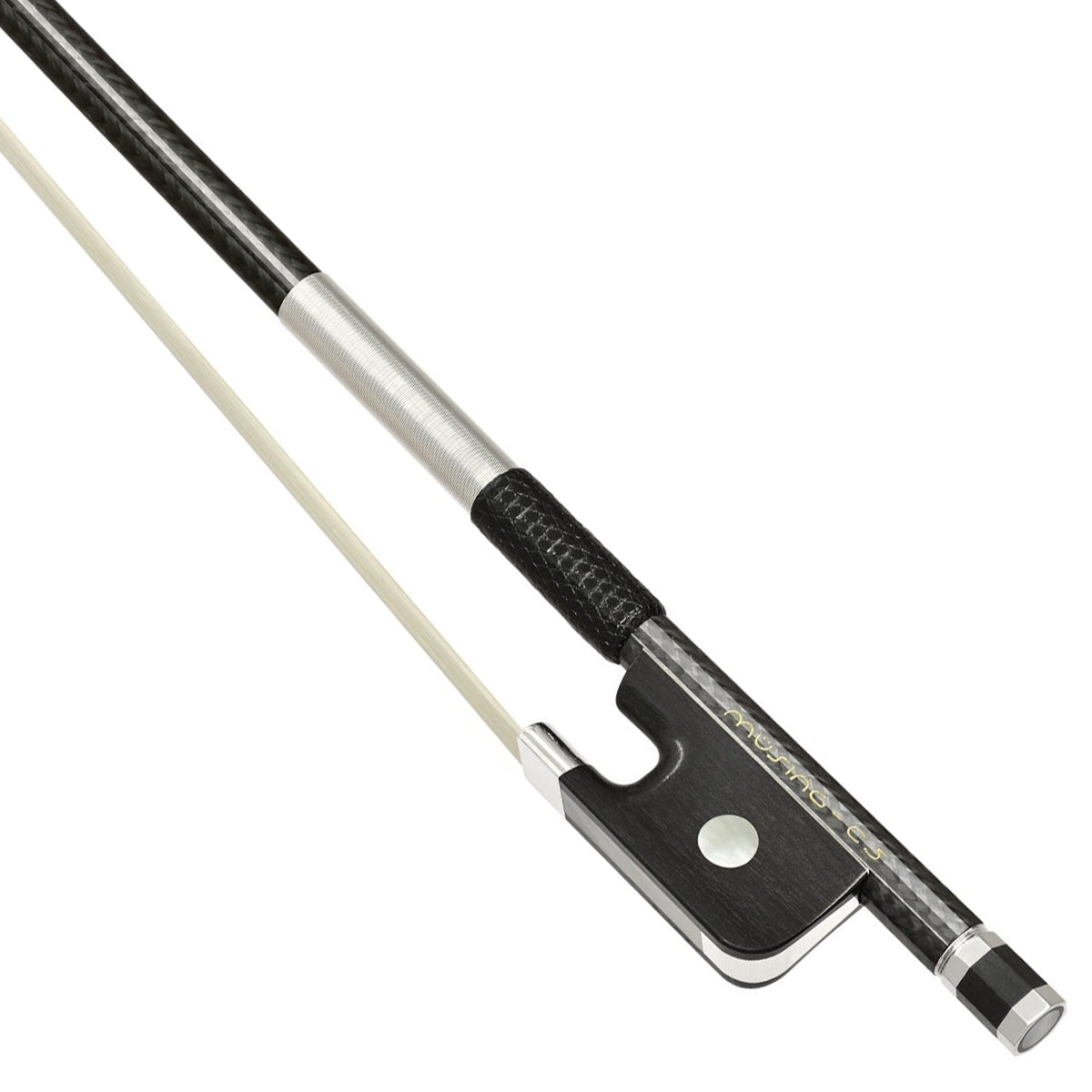
Arcus Musing Viola Bows
MoreAlthough Arcus bows are generally recommended for professionals, the Musing line has been specifically designed for advancing players. The light weight and exceptional strength of these bows offers a speed and agility simply not possible with traditional bows.
Bows for Beginners
The beginner will benefit from a bow that feels solid and stable in the hand (tip-heavy) and has a soft, forgiving attack. Beginners should avoid cheap bows that may be warped, twisted, or overly-flexible, bows with a sharp, bright attack (that would emphasize squeaks and squawks), and ultra-light bows that require a professional's hand to keep stable. Often, a good quality carbon fiber bow will be the best choice.
-
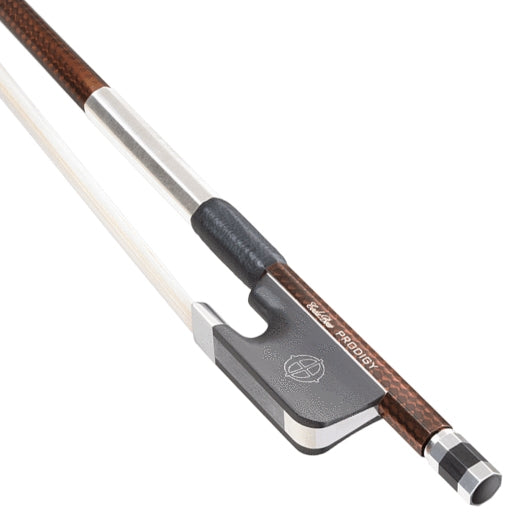
CodaBow Prodigy Viola Bow
MoreA significant step up from the typical beginner bow, the Prodigy has a balance and handling that allow beginners to learn proper bowing technique from the start. Stable feel, easy handling.
-

Arcus Brasil Nickel Viola Bow
MoreFine craftsmanship, well-balanced, straight, pernambuco bow, suitable for beginners and advancing students
-
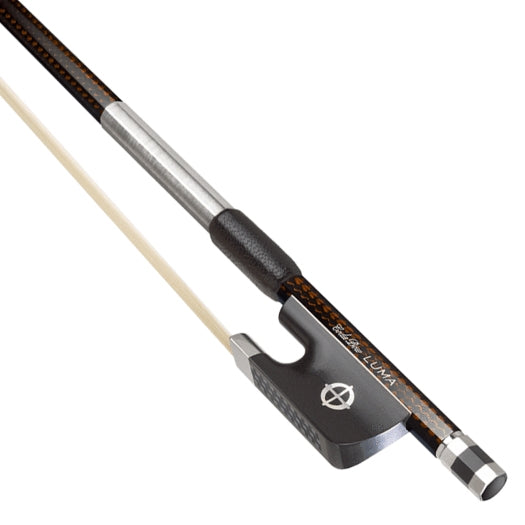
CodaBow Luma Viola Bow
MoreThe Luma has a smooth, forgiving articulation that students love. The softer, lusher attack helps reduce squeaks and squawks. Lighter and more agile than the Prodigy, the Luma is also a popular bow with professional fiddlers.
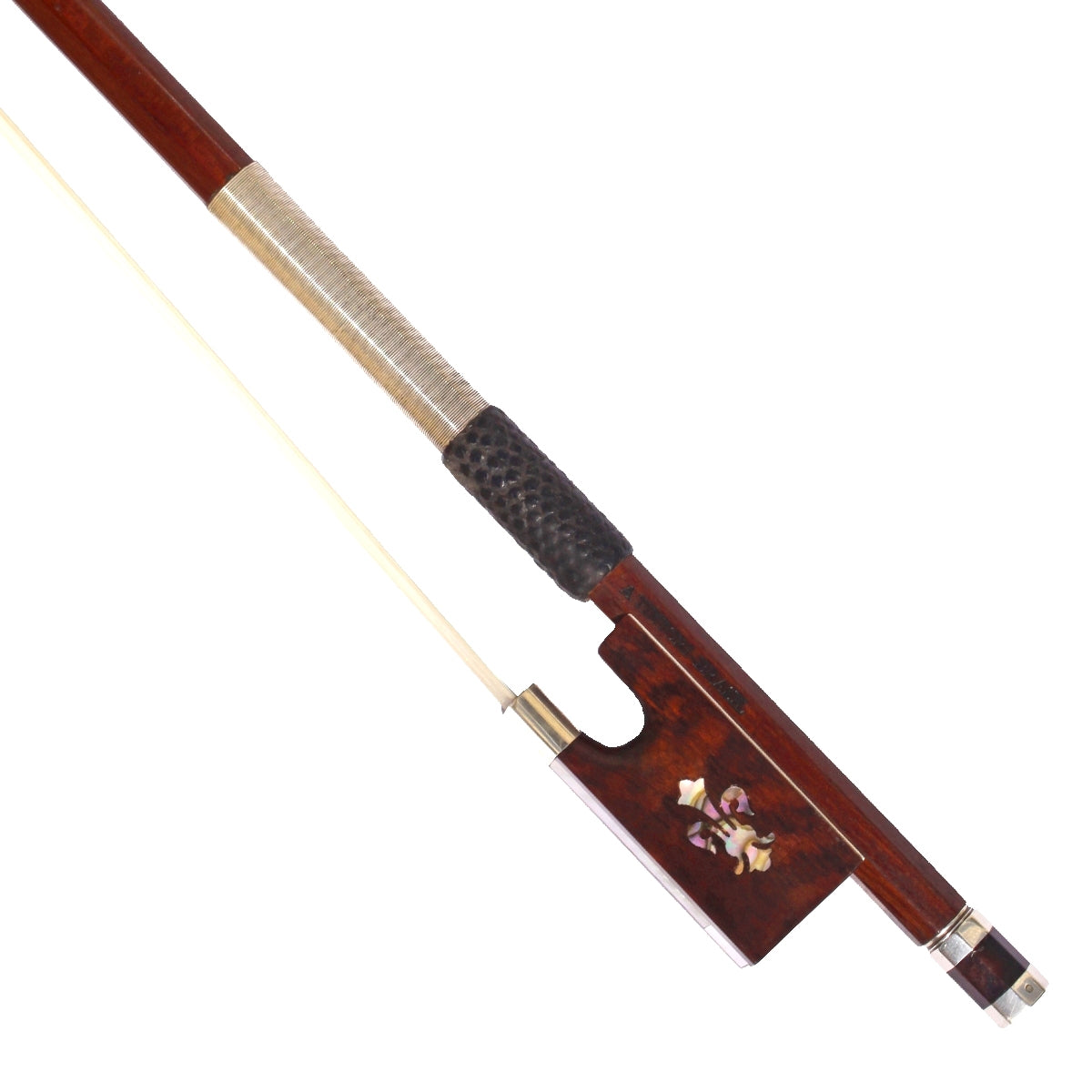
Arcos Brasil
Traditional, Wooden (Pernambuco) Viola Bows of Exceptional Quality.
Hand-crafted in Brazil from select, aged, Pernambuco wood, Arcos Brasil is well known for the quality of their materials and the extraordinary level of fine craftsmanship they bring to each and every bow. Beautiful, warm, complex, nuanced tonality.
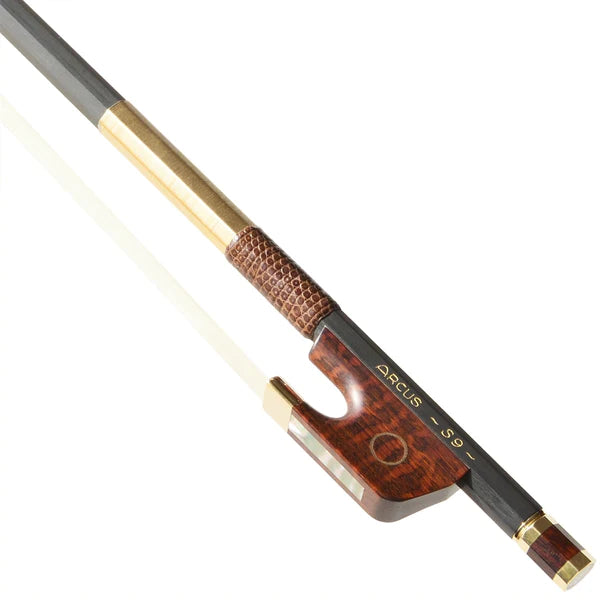
Arcus
Light-Weight Carbon Fiber Viola Bows for Professionals - Lightweight, Powerful, and Lightning-Fast
Extraordinarily lightweight, these bows have an agility and speed simply not possible with traditional bows. They produce a beautiful, complex tone. But, the real draw is how they feel in the hand and how they touch the strings. Particularly with the upper level Arcus bows, the performance is clear, smooth, and effortless. They also have the advantage of allowing the player to practice or perform for hours with little hand and arm fatigue (since the hand has much less weight to hold). A must-try bow for all professionals.
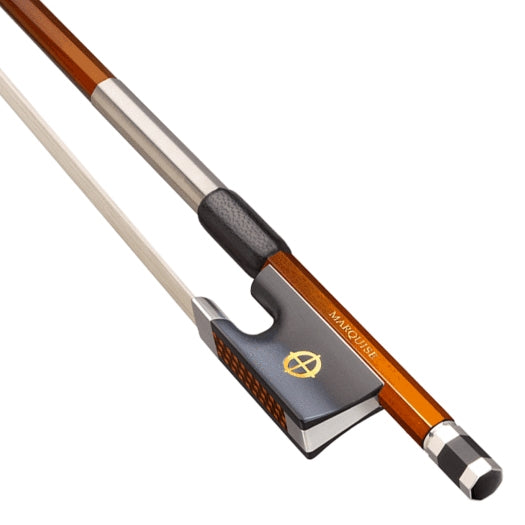
CodaBow
Carbon Fiber Viola Bows for Professionals and Students - Responsive and Well Balanced
CodaBow bows are meticulously crafted in a small shop in Minnesota, under the direct supervision of the company's founders. Outstanding quality. Perfectly balanced, agile, with a beautiful, complex tone.
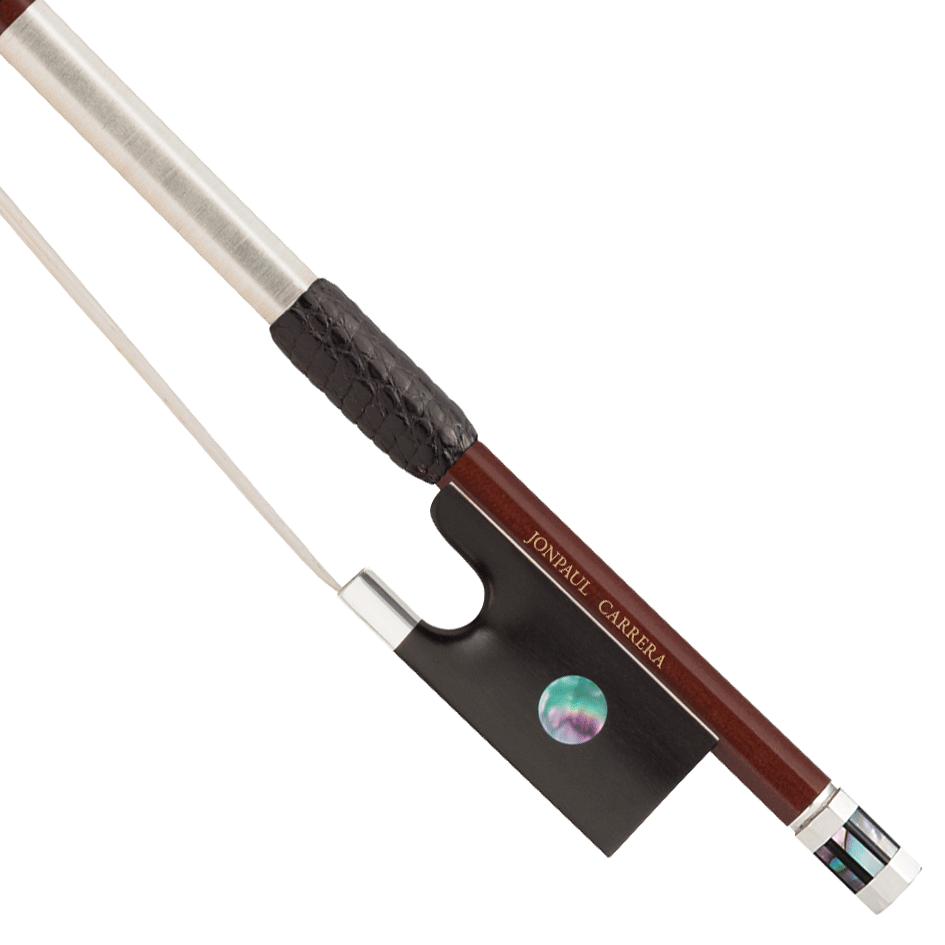
JonPaul
World Class Carbon Fiber Viola Bows
JonPaul makes wonderfully responsive carbon fiber bows. A bit more flexible than CodaBow models, the JonPaul Carrera, in particular, has consistently received excellent reviews. Excellent balance, response, and tonality. Other models available by special order.
Pernambuco Viola Bows
Pernambuco, the traditional wood used in bow making, is prized for its resilience and tonal characteristics. There is a joy in crafting a bow from fine wood, and each bow is as unique as the wood from which it was made. Pernambuco tends to produce a dark, complex tone, and therefore pairs well with bright sounding instruments. Pernambuco wood is endangered and increasingly difficult to obtain, so fine Pernambuco bows are valuable. Although most professional classical players still choose to keep a Pernambuco bow in their case, many now also keep a fine carbon fiber bow. And, students generally find that a carbon fiber bow is a better value.
Carbon Fiber Viola Bows
The craft of making bows from synthetic materials has seen extraordinary advances. Of course, there are still poorly made carbon fiber bows, just as there are poorly made wooden bows. And, these cheap bows tend to give the carbon fiber industry a bad name. But, there are also carbon fiber bows available today with beautiful, complex tonal characteristics. The modern player can now choose from a wide range of carbon fiber bows. Some produce dark, brooding tone colors and pair well with brilliant sounding violas. Others produce a fantastically brilliant, projecting sound that pairs wonderfully with darker sounding instruments.
Carbon fiber is lighter and more resilient than wood. Indeed, our professional customers are frequently surprised, not just about the beautiful tone of these bows, but at the power, speed, agility, and ease of play, that is simply not possible with traditional materials. Among students and teachers, carbon fiber has found a strong following, since fine bows can be consistently produced at a reasonable cost. CodaBow in particular produces wonderfully made, well-cambered, responsive bows, at a great price.
The key for the buyer, with so many bows available with such varying characteristics, is to find the bow that matches well to your instrument and style. We specialize in helping our customers to do just that. Contact us now for a free consultation and a bow trial.
Characteristics of Viola Bows
- Straightness - Warp, Twist: These types of problems are quite common in cheaper bows, and can cause significant problems for the player.
- Stiffness - Strength, both toward the strings and side to side - A stronger, stiffer stick allows the player to increase pressure on the string without breaking the sound; it increases the upper end of the available dynamic range. However, all things being equal, a more flexible shaft will yield a warmer, rounder timbre. An overly-flexible bow (common with cheap bows) will be difficult to play properly, particularly if the bow is too flexible in a side-to-side direction, preventing the player from tilting it to a proper angle. The highest quality Pernambuco wood is prized for its ability to produce both a full round tone and, simultaneously, allow the player to dig powerfully into the string, without the sound breaking.
- Camber - A bow's camber refers to its curve toward the strings. A quality bow will curve gently and evenly toward the mid-point of the playing length of the bow. Poor quality bows may have kinks or flat spots where the curve is uneven, or may curve to a point other than the middle of the bow. A quality bow will also have the proper amount of camber, with the curve (when not under tension) arcing just enough to touch the hairline. A bow with uneven camber will have dead spots and an uneven sound. A bow with too little camber will be weak and difficult to play.
- Weight & Balance - Weight and balance are separate, but related characteristics. The balance of a bow greatly effects the player's perception of its weight. A bow weighted toward the tip, for example, will feel heavier to the player. In terms of actual weight, a bow that is lighter will generally be faster and easier to handle, because there is less mass to move around and to vibrate. Heavier sticks tend to have a fuller sound, but can be more cumbersome to handle. Players have their own preferences for both weight and balance, and there is no correct measurement for either. Note that many players who think that they like a heavier or lighter bow, are actually referring to their preference for a tip-heavy or tip-light balance, rather than a preference for actual weight. It's also worth noting that lighter bows can be helpful for players with tendinitis or arthritis. Extremely light bows may allow the professional greater agility, but will require greater skill to control and keep steady.
- Quality of Attack - By attack we refer to the way the bow interacts with the string at the start of the bow stroke. Both the sound quality and the speed of the attack are important playing characteristics. A bow the speaks more quickly can be very desirable when fiddling or playing demanding classical passages. A bow with a very clean, smooth, attack is advantageous for all players, but particularly for beginners. To a great extent, the highest quality bows are sought after for the ease with which they cleanly and beautifully articulate each bow stroke. A fine bow articulates so effortlessly that it feels as though it plays itself. Note that aside from the characteristics of the bow itself, the way a bow articulates is greatly effected by the choice of rosin and the quality and age of the bow hair.
- Tone Quality - Quality of the Sustain - This is often the first thing that players listen for when purchasing a new bow. It is the most obvious (though, perhaps, not the most important) aspect of a bow's overall quality. How does the bow sound when playing long, sustained, tones? Is the overall quality of the sound pure and open, or more nasal and pinched? Note that the quality of the sound that carries to the listener is often quite different from what the player hears under the ear.
- Tone Color - Does the bow produce a dark, warm tone or does it have a more brilliant quality? Brighter sounding bows are preferred by soloists for their power and clean articulation, but can also accentuate the harsher more sibilant qualities of the sound. A darker/warmer sounding bow will accentuate lower frequencies, but can run the risk of sounding dull or muddy when articulating.
- Dynamic Range - How powerful is the bow; can the player draw out rich, full, powerful sounds? How does the bow respond to a lighter touch; how softly can the player play and still produce a clean tone? How do the tone colors and the quality of the tone change with various dynamics? How well does the bow articulate at various dynamic levels?
- Agility/Liveliness - How easily can the player handle the bow? How well does the bow bounce? Do you like how it feels when playing off the string with a more brushy stroke? How does it handle when playing spiccato or sautille'?
- Directional Changes - How easily are the bow's directional changes accomplished? How do they sound when playing legato, detache'?
- Overall Palette - Does the bow offer a wide range of tone colors and articulations, altering with changes in pressure, speed, vibrato? Poor bows sound pretty much the same, no matter how they are played. Fine bows respond to the players motions with a range of colors and sounds. How expressive does the bow allow the player to be?
Brazilwood Viola Bows (i.e. Cheap Wooden Bows)
The term "Brazilwood bow" (technically a bow made from Brazilian tone wood) more commonly refers to any inexpensive wooden bow. These can be suitable for students, but often have mechanical problems such as warp, twist, or overly-flexible or overly-thick shafts, which make them difficult to play. They are commonly used in student rental programs, simply because they are so inexpensive. Note that Pernambuo is a Brazilwood, but the term has traditionally been reserved for bows made from higher-quality wood. These days, there are many bows being marketed as Pernambuco that would not measure up to our standards. We are very particular about what we sell as Pernambuco.
Bow Hair
A wide range of horse hair is available for viola bows. For classical players, fine hair form Mongolian or Siberian horses is most common. Folk players often prefer somewhat coarser hair and sometimes enjoy a ribbon of mixed white and black hair (salt & pepper). Professionals seeking supreme hair with the richest, most complex tonality and articulation, sometimes seek out very fresh, Siberian stallion hair. The age/freshness of the hair can be gauged by how far it will stretch without breaking. (A strand of supreme, very fresh hair can be stretched full inches without breaking.) But, such hair is more strongly affected by changes in humidity (making the bow unable to tighten in humid weather, or unable to loosen in dry weather). It also stretches considerably over time, while on the bow. As such, it can be problematic for players and must be replaced rather more frequently than the usual hair available in shops.
Hair should be replaced or cleaned regularly - every 6-12 months as a general rule, though professionals often replace hair more frequently. If hair is missing or the bow cannot be tightened properly due to the hair stretching, then a rehair is necessary. If the hair is simply dirty, cleaning it will restore vitality and tone.










